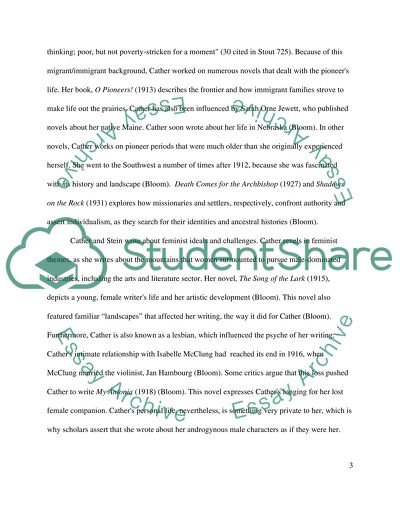Cite this document
(“Psychology, Experimentation, and Feminism in Cather's and Stein's Research Paper”, n.d.)
Retrieved from https://studentshare.org/literature/1429790-psychology-experimentation-and-feminism-in-cathers-and-steins-writings
Retrieved from https://studentshare.org/literature/1429790-psychology-experimentation-and-feminism-in-cathers-and-steins-writings
(Psychology, Experimentation, and Feminism in Cather's and Stein'S Research Paper)
https://studentshare.org/literature/1429790-psychology-experimentation-and-feminism-in-cathers-and-steins-writings.
https://studentshare.org/literature/1429790-psychology-experimentation-and-feminism-in-cathers-and-steins-writings.
“Psychology, Experimentation, and Feminism in Cather's and Stein'S Research Paper”, n.d. https://studentshare.org/literature/1429790-psychology-experimentation-and-feminism-in-cathers-and-steins-writings.


